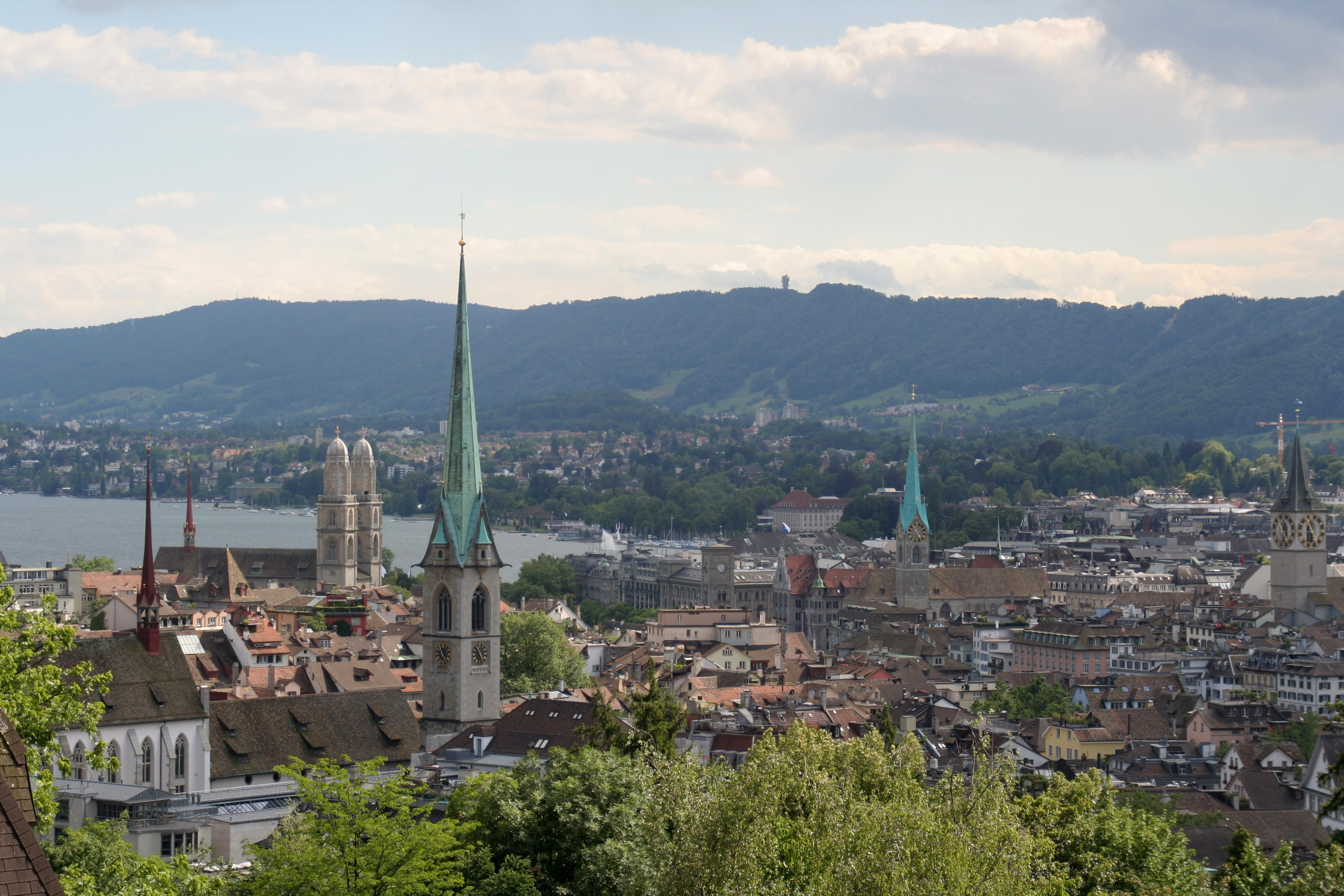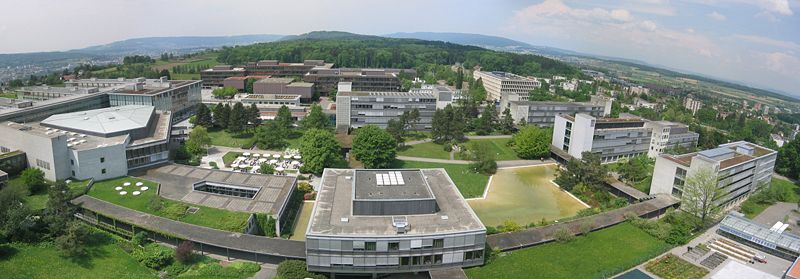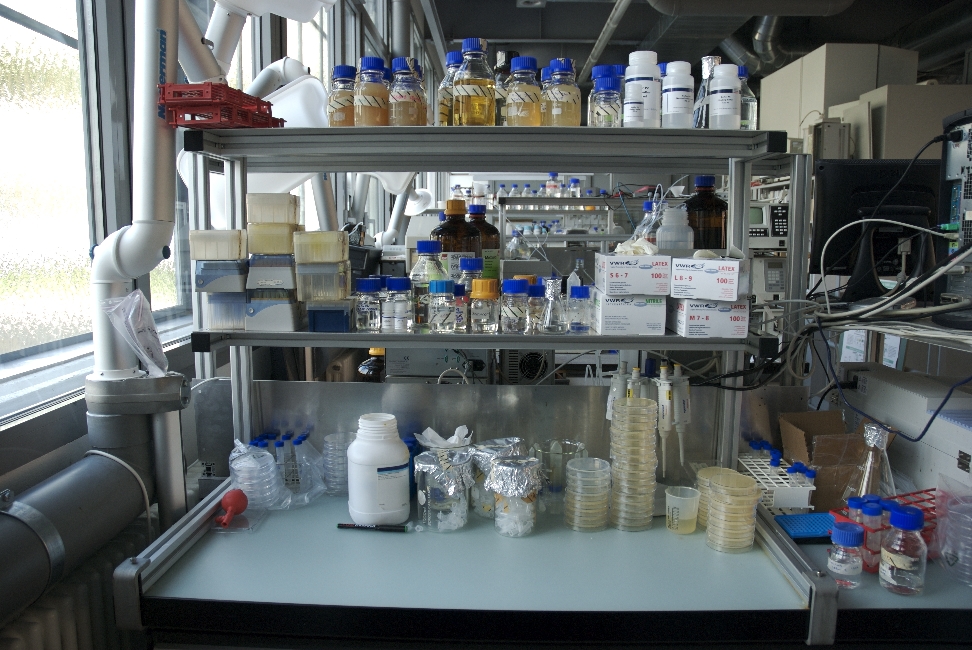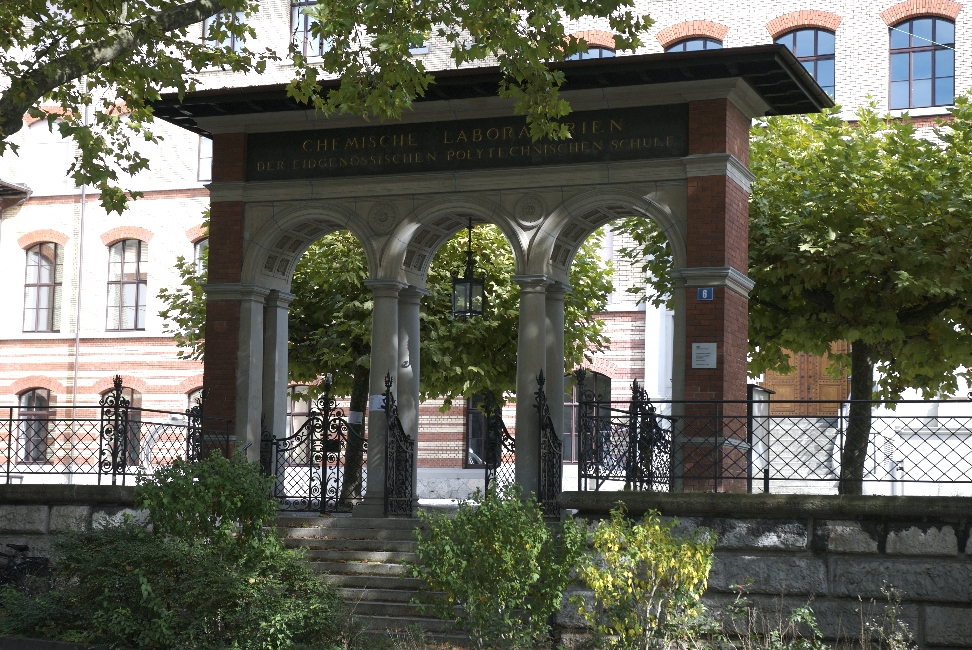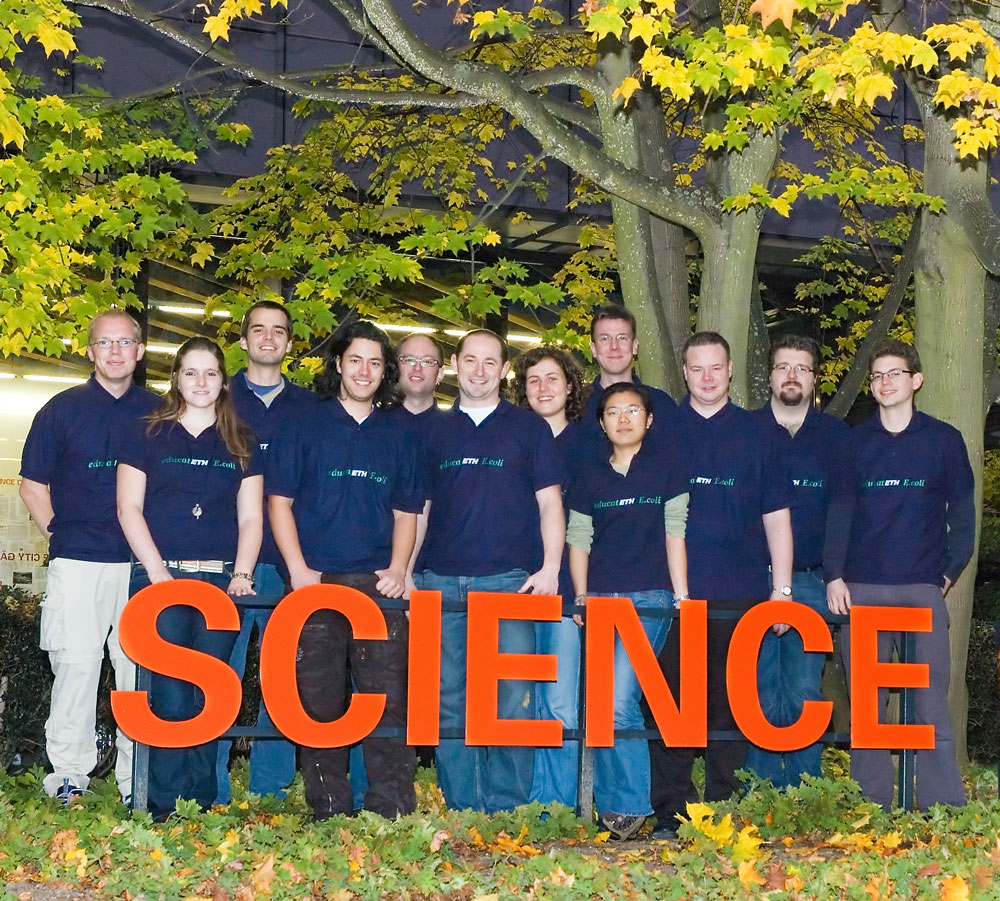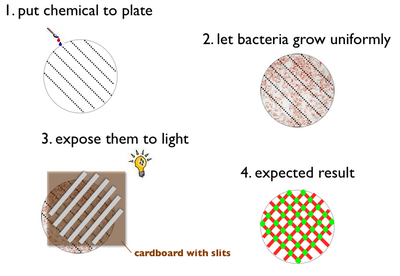Team:ETH Zurich/ETH Zuerich
From 2008.igem.org
ZurichZurich is the largest city of Switzerland and its main commercial and cultural center. It has two universities, the University of Zurich, and the Swiss Federal Institute of Technology (ETH Zurich). The greater metropolitan area of Zurich stretches way beyond the boundaries of the municipality, and the city, located on a lake and within easy distance of the Alps (and skiing possibilities), is considered an attractive place to live in (at least, up to now, for international bankers).Zurich can be counted as one of the world's preeminent global cities. According to several surveys from 2006 to 2008, Zurich was named the city with the best quality of life in the world.
ETH ZurichThe ETH Zurich is an insitute of technology, focusing mainly on the natural sciences and engineering. Locals sometimes refer to the ETH as the "Poly", derived from its historical name "Eidgenössisches Polytechnikum" or "Federal Polytechnic Institute". Like its sister institution, the "École Polytechnique Fédérale de Lausanne" (EPFL), ETHZ is a federal university; the remaining ten universities of Switzerland are cantonal. ETHZ was founded around the same time as MIT (1855) and for similar reasons (to develop the local industries and provide these with the necessary professionals). ETHZ has two campuses in Zurich: the old campus downtown (under constant development, of course), with a focus on engineering, applied natural sciences and mathematics; and the new campus on the Hönggerberg, with a concentration on the natural sciences and the building sciences. ETHZ is an internationally oriented university. It is a founding member of the "IDEA League" and the "International Alliance of Research Universities" (IARU). The ETH is regularly ranked among the top universities in the world. Between 2005 and 2008, numerous rankings placed the institute between 3rd and 6th in Europe, and 10th to 24th in the world. Historically, the ETH gained its reputation particularly in the fields of chemistry, mathematics and physics. There are 21 Nobel Laureates who are associated with the ETH, counting only graduates of the ETH and professors who have been honored for their work at ETH. The most recent Nobel Laureate is Kurt Wüthrich, who was awarded the Nobel Prize in chemistry in 2002. Our labFor our work on the iGEM project, Prof. Panke provided us with working space in his "Bioprocess Laboratory" of the ETH Zurich.
It is located in the CNB building in the center of Zurich.
Previous Teams2007 iGEM teamExcerpt from the 2007 ETHZ iGEM Wiki Our system has the ability to behave in different ways according to an internal toggle inside it switching states based on the chemical substances that the system is exposed to. The toggle states could generally be used to trigger events such as enzyme synthesis, transcriptional regulation, virion production, or even cell death. Therefore, one may view the bacterial cell line containing this system as a multipurpose cell line. By adding a certain chemical to a cell line, the latter may be trained to exhibit a desired behavior, and then it is not necessary any more to construct two independent cell lines. This means that one applies an “input engineering” instead of a “DNA engineering” approach. If one extends this idea to several multi-inducible toggle switches being harbored in the same cell line, the number of possible phenotypes increases to 2n, where n equals the number of toggle switches. For example, if one would have 5 such toggle switches inside a cell line, 32 different behavior patterns would be possible. For the purpose of creating a toggle switch that is activated in a specific phase only and not always (a multi-inducible toggle switch), as is required for stable biological automatons, we introduced the concept of double promoters to the Registry of Standard Biological Parts, which can be helpful for engineering systems which exhibit a desired behavior only at specific times. 2006 iGEM team
2005 iGEM teamAbstract from the 2005 ETHZ iGEM Wiki: |
 "
"
